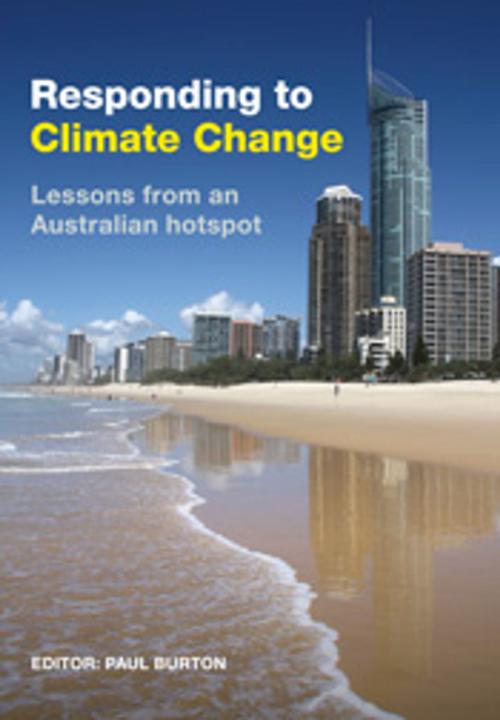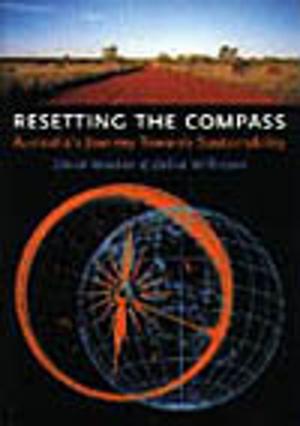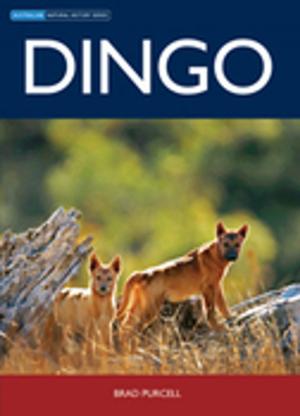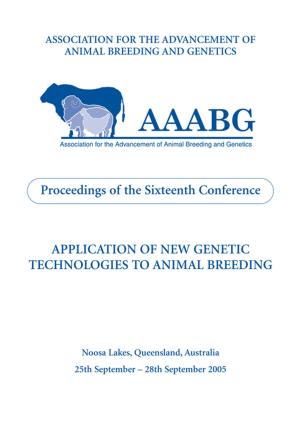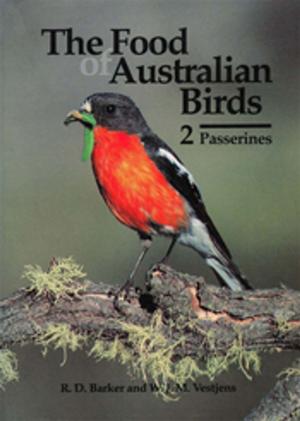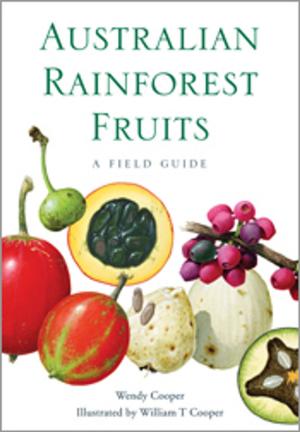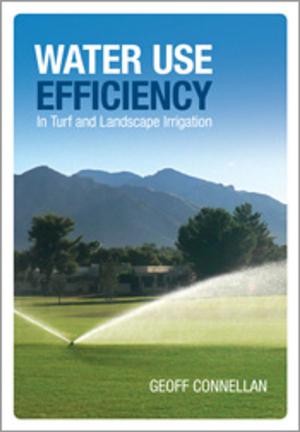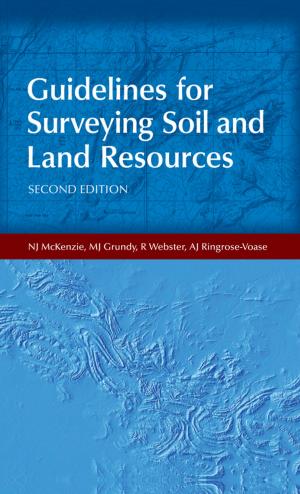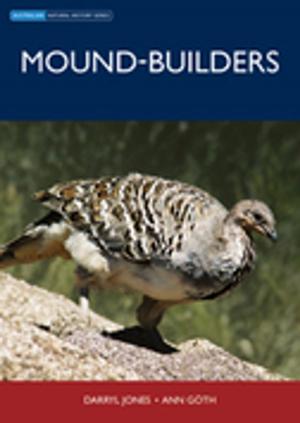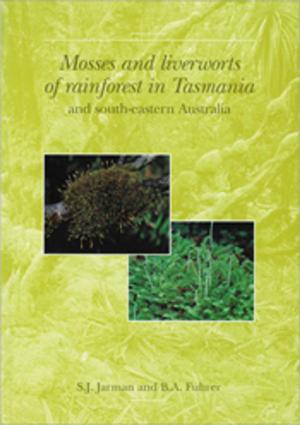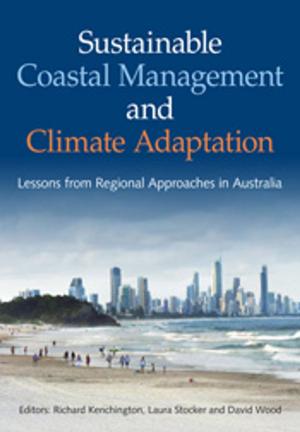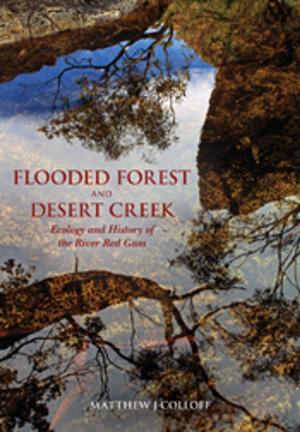Responding to Climate Change
Lessons from an Australian Hotspot
Nonfiction, Science & Nature, Technology, Science, Health & Well Being, Health| Author: | ISBN: | 9780643108639 | |
| Publisher: | CSIRO PUBLISHING | Publication: | November 5, 2014 |
| Imprint: | CSIRO PUBLISHING | Language: | English |
| Author: | |
| ISBN: | 9780643108639 |
| Publisher: | CSIRO PUBLISHING |
| Publication: | November 5, 2014 |
| Imprint: | CSIRO PUBLISHING |
| Language: | English |
South East Queensland has been one of the fastest growing regions of Australia, both in terms of its rapidly growing population and an ever-expanding built environment. It is also one of the most vulnerable regions likely to suffer from the adverse impacts of climate change, especially increased flooding, storms, coastal erosion and drought. Responding to Climate Change: Lessons from an Australian Hotspot brings together the results of cutting-edge research from members of the Griffith Climate Change Response Program, showing how best to respond to anticipated changes and how to overcome barriers to adaptation. The authors treat climate change adaptation as a cross-cutting, multi-level governance policy challenge extending across human settlements, infrastructure, ecosystems, water management, primary industries, emergency management and human health. The research focuses on, but is not limited to, the experience of climate change adaptation in the recognised climate hotspot of South East Queensland. The results of this research will be of interest to planners, policy makers and other practitioners engaged in urban and environmental planning, coastal management, public health, emergency management, and physical infrastructure at the local, regional and metropolitan government scales.
South East Queensland has been one of the fastest growing regions of Australia, both in terms of its rapidly growing population and an ever-expanding built environment. It is also one of the most vulnerable regions likely to suffer from the adverse impacts of climate change, especially increased flooding, storms, coastal erosion and drought. Responding to Climate Change: Lessons from an Australian Hotspot brings together the results of cutting-edge research from members of the Griffith Climate Change Response Program, showing how best to respond to anticipated changes and how to overcome barriers to adaptation. The authors treat climate change adaptation as a cross-cutting, multi-level governance policy challenge extending across human settlements, infrastructure, ecosystems, water management, primary industries, emergency management and human health. The research focuses on, but is not limited to, the experience of climate change adaptation in the recognised climate hotspot of South East Queensland. The results of this research will be of interest to planners, policy makers and other practitioners engaged in urban and environmental planning, coastal management, public health, emergency management, and physical infrastructure at the local, regional and metropolitan government scales.
